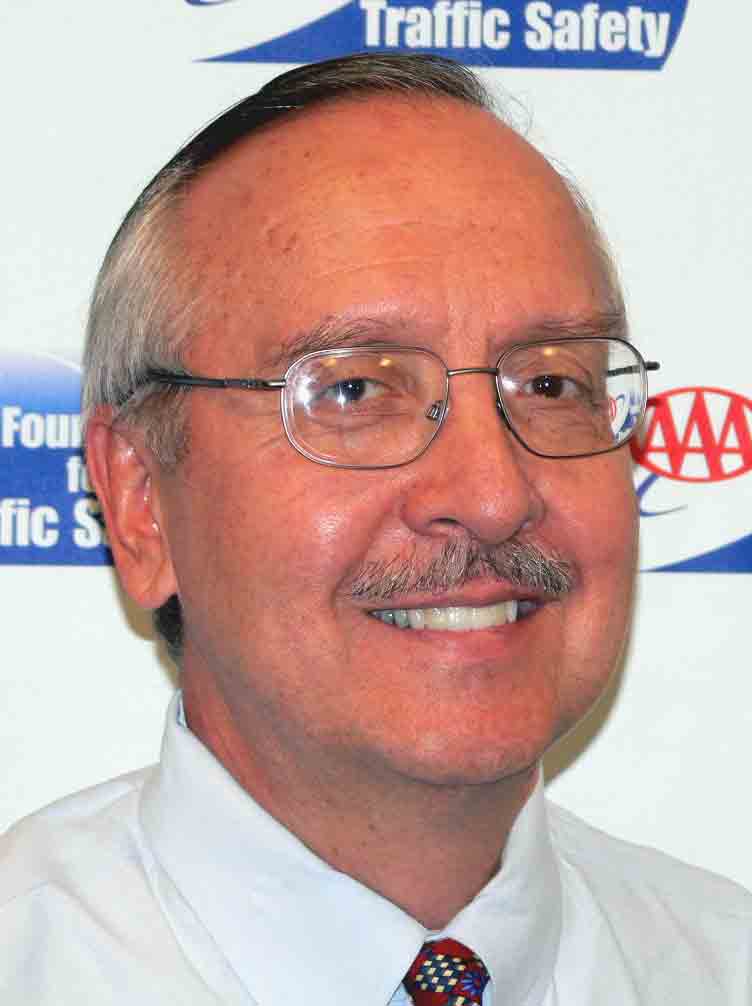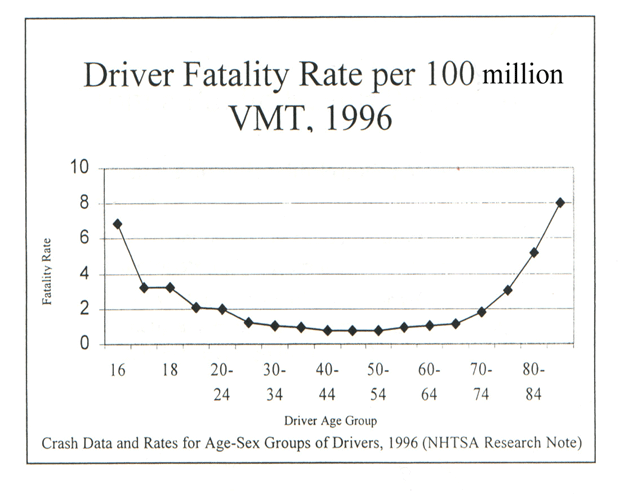AAA to deploy Brain Fitness Software DriveSharp to Assess and Train Older Driver’s Brains
The AAA Foundation for Traffic Safety just started to recommend a new driver safety program called DriveSharp (see AAA and Posit Release Program to Improve Drivers’ Minds), developed by Posit Science. DriveSharp is a computerized cognitive assessment and training tool based on Karlene Ball’s research on older adults’ cognitive fitness and driving.
In the press release for the agreement, Peter Kissinger, driver safety research and policy veteran and CEO of the AAA Foundation, says that “Part of making our nation’s roads safer is helping mature drivers who wish to stay active — a quickly growing population — maintain or improve their driving safety.”
“Part of making our nation’s roads safer is helping mature drivers who wish to stay active — a quickly growing population — maintain or improve their driving safety.”
We have Peter Kissinger with us to discuss the context for this innovative initiative.
Peter, I appreciate your time. In order to set the context, would you introduce the role and priorities of the AAA Foundation?
Sure. All your readers will know that AAA is the main driver association in North America, with over 50 million members. The AAA Foundation is focused on the research and policy required to improve driver safety and has 4 strategic priorities:
— Introduce a culture of traffic safety. It is an outrage that there is a driving-related death every 13 minutes in the US, and yet, we seem to accept this as status quo
— Improve road safety, especially on rural roads, where almost 60% of the deaths occur,
— Improve safety among teens, one of the highest risk groups
— Improve safety among seniors, another high-risk group.
In terms of driver-centered interventions, are your priorities are teenage and older drivers?
 Yes. You have probably seen the U‑shaped risk curve (Editor note: see figure at left) that shows how accident risks are very high among teenagers, then decrease and remain stable until our 60s, and then increase again.
Yes. You have probably seen the U‑shaped risk curve (Editor note: see figure at left) that shows how accident risks are very high among teenagers, then decrease and remain stable until our 60s, and then increase again.
We have promoted initiatives such as DriverZED (see www.driverzed.org) to help teenagers better identify and manage the typical sources of risk, so they advance faster through the learning curve. For older drivers we focus on how to balance the privilege of driving with the right of mobility — we know that losing driving independence can bring a variety of negative consequences for the individual.
Given aging population trends, it is clear we need to introduce better systems to balance those two goals you just outlined ‑safety and mobility. Do you think as a society we are prepared?
I don’t think we are, and I am pessimistic that we will be in the short term. This is a very important problem: official estimates say that the proportion of all drivers who are over 65 years of age will grow from 15% today to 25% in 2025.
Let me give you some background: two years ago we put together a workshop to identify the state of the research and the state of the practice of driver safety among older adults. The main conclusion was that the current system of licensing is inadequate, inconsistent and does not reflect the research available. For example, age per se is not the most meaningful indicator of driver safety since different people inside the same age group may have different levels of cognitive ability that influence their driving fitness.
The problem is that this is a very sensitive arena: the performance of agencies such as the DMV is often measured by how long people have to wait in line, how fast and easily they can renew their driving license, if the process works by mail, etc.…so it is going to be tough for any politician to challenge this state of things and introduce serious initiatives based on better driving fitness screening and assessment tools.
Some states like Maryland and California are leading innovation based on recent research; but it remains to be seen if their best practices will be adopted more widely.
Innovation will probably spread faster when presented as a preventive intervention to maintain driver fitness, such as what the AAA Foundation just announced with Posit Science. Can you explain the rationale for your initiative?
Exactly. The main characteristics of the problem are obvious to anyone involved in driver safety research. The challenge is what we can do about it. At the Foundation we evaluated many potential interventions, from screening tools to getting the medical community more engaged, before deciding to promote a computerized cognitive screening and training program such as DriveSharp.
We decided to recommend DriveSharp for two reasons. First, it is validated both as a screening tool of driver safety and as a training tool of cognitive functions (useful field of view, speed of processing) that are critical for driving especially among older adults. Second, the technology makes it highly scalable — many drivers can easily access the benefits at an affordable cost.
We really believe, based on the research we have seen, that this program can help reduce the crash rates among older drivers, but we of course need to analyze how many of AAA’s 51 million members (and other drivers) end up using it and what benefits they will get. Past research has shown we should expect to see a 50% reduction in at-fault crash risk for those that complete the program.
Assuming the results are as good as you expect, what would be some logical next steps for policy makers and auto insurers?
I think that insurance companies will start to see the value of these programs quickly and will offer them for free or at a deep discount to their members because they will understand the direct financial benefits from doing so ‑the financial benefits of having safer drivers.
It will take a while for policy-makers to catch up. But I do believe that in the longer term we will see the type of technology which is inherent in DriveSharp introduced as part of the mainstream licensing process.
—
Related articles:
- Allstate: Can we improve Driver Safety using Posit Science InSight?
- Improving Driving Skills and Brain Functioning- Interview with ACTIVE’s Jerri Edwards
- DriveFit (by CogniFit); Brain Fitness Program for Driving


